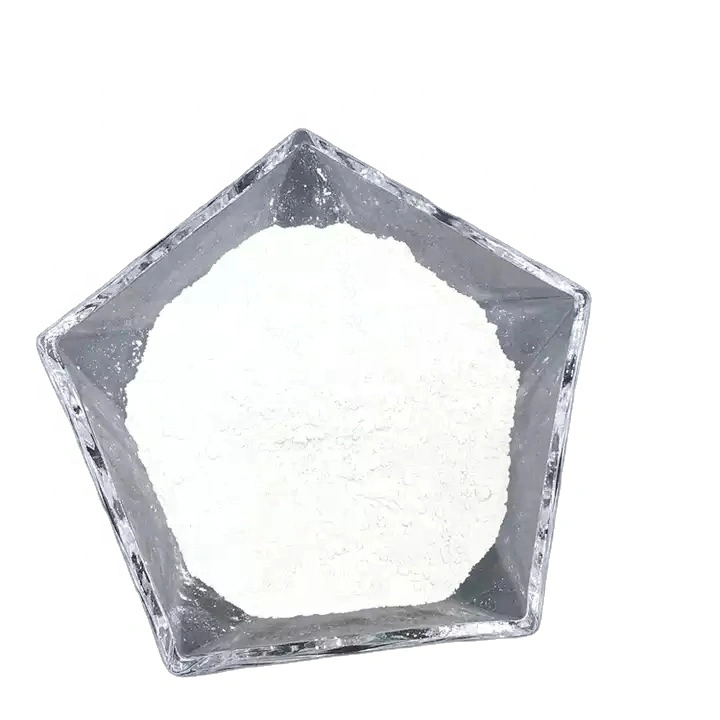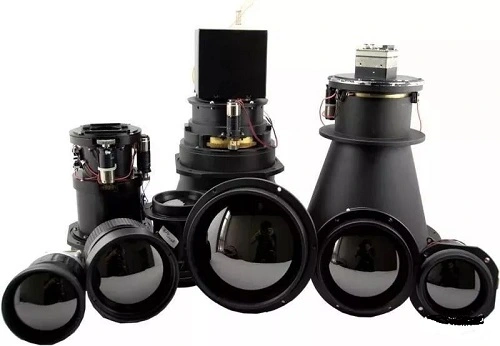 YuYi
YuYi
 Oct 12,2023
Oct 12,2023

Nanocerium oxide has been widely used in surface precision processing of microelectronic devices and precision optical components. Nano-cerium oxide polishing powder has strong cutting ability, high polishing efficiency, high polishing accuracy, good polishing quality, clean operating environment, low pollution, long service life, etc., and is widely used in optical precision polishing and CMP. The fields account for a wide range of applications.
Nano-cerium dioxide is currently the most commonly used abrasive for glass polishing and is widely used in the precision processing of glass, optical components, etc. The main components of cerium oxide polishing powder are cerium dioxide (CeO2), followed by lanthanum oxide (La2O3) and praseodymium oxide (Pr2O3). In addition, it also contains trace amounts of silicon oxide, aluminum oxide, and calcium oxide. What affects the polishing effect in polishing powder is the particle size, purity, and hardness of CeO2. Among them, particle size is the main factor. Large particle size is suitable for the polishing of ordinary optical components, spectacle lenses, etc., while small particle size is suitable for high-speed polishing of fine optical lenses.

As the most common and basic inorganic material, glass is widely used in the manufacturing of optical components such as hard disk glass substrates, digital camera chips, ultra-precision optical lenses, and optical windows, as well as in the manufacturing of advanced electronic products such as optical communication components and flat-panel displays. Ultra-smooth, sub-nanometer roughness, flat, and microscopically defect-free glass surfaces have become important factors in the performance of these high-tech products.
Chemical mechanical polishing (CMP) is an important part of silicon wafer processing and the entire deposition and etching process in integrated circuit production. It relies on the mechanical grinding effect of ultra-fine abrasive particles in CMP slurry and the chemical corrosion effect of the slurry, using special polishing The optical disc forms a highly flat surface on the silicon wafer that has been fabricated with circuit patterns. It is a new technology that can currently provide global flattening in the manufacturing process of very large-scale integrated circuits.

As a lanthanide element, cerium can lose two 6s electrons and one 5d electron to form a trivalent ion. It can also form a relatively stable 4f empty orbit due to the influence of the 4f electron arrangement, giving a tetravalent ion. This price-changing characteristic gives it good redox properties. Cerium dioxide not only has unique oxygen storage and oxygen release functions but also is the most active oxide catalyst in the rare earth oxide series. Therefore, in many cases, cerium dioxide can be used as an additive to improve the catalytic performance of the catalyst.
Because nano CeO2 has rich electronic transition energy levels, it has excellent optical sensitivity to ultraviolet light absorption. Coupled with the small size effect, high specific surface effect, and macroscopic quantum effect of nanoparticles, they have strong scattering and reflection effects on ultraviolet light.
Due to their special atomic structure and activity, rare earth elements are used as trace additives in steel, cast iron, aluminum, nickel, tungsten, and other materials. They can eliminate impurities, refine grains, and improve material composition, thereby improving the mechanical, physical, and mechanical properties of the alloy. processing performance, improve the thermal stability and corrosion resistance of the alloy. Nano-cerium dioxide can be used as coatings and additives to improve the oxidation resistance, hot corrosion, water corrosion, and sulfurization properties of high-temperature alloys and stainless steel. It can also be used as an inoculant for ductile iron.
